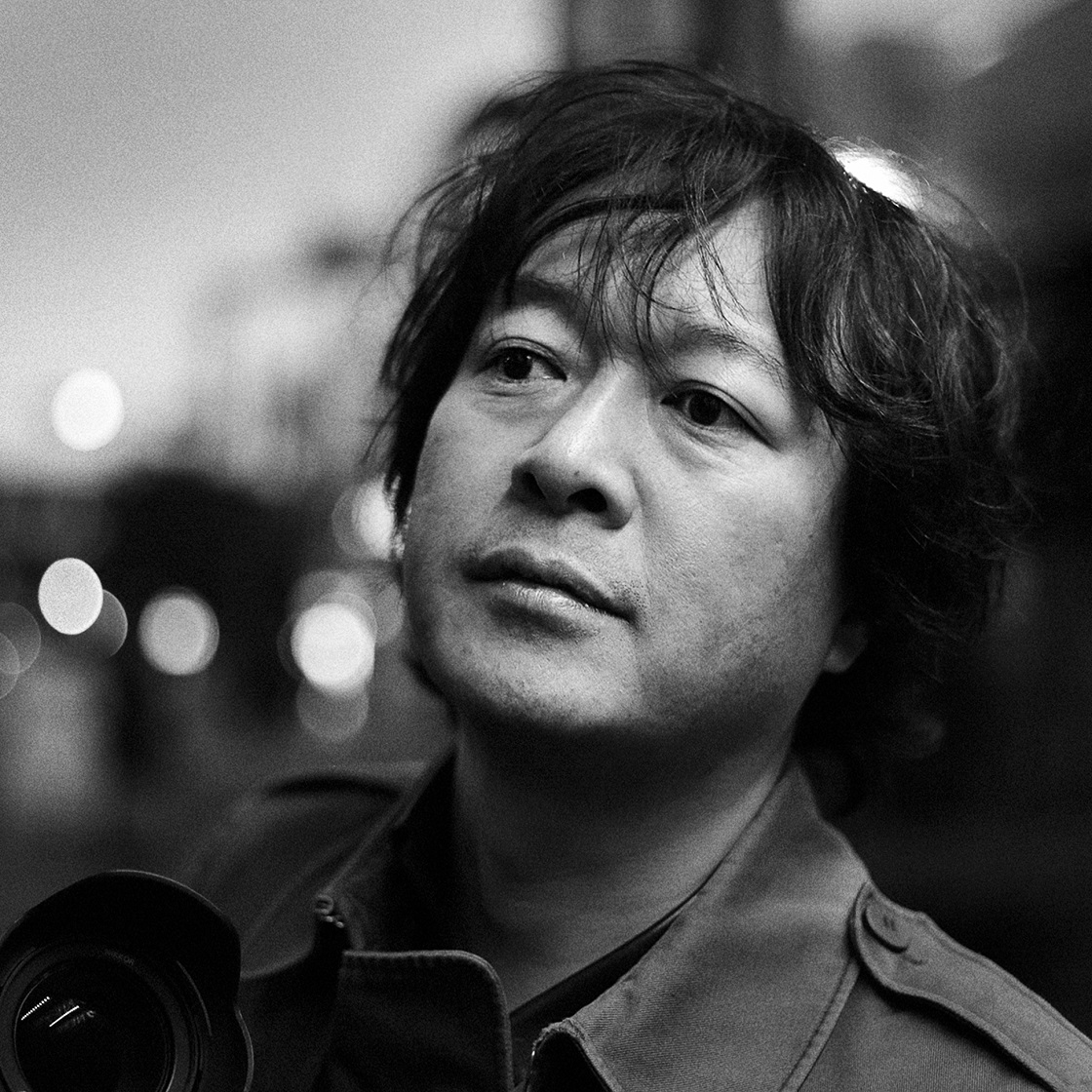The 61th GRist is Ari Hatsuzawa.
***
In the second half of my final year, I joined the university's photography club. The camera I picked up was the GR1.
I loaded it with black and white film with an ISO sensitivity of 3200, which allowed me to shoot day and night without blurring. I shot almost 300 rolls in one year. At that time I didn't have a clear theme that I wanted to shoot.
More than 20 years later, most of my work is still snapshots, but looking back, the perception of the 28mm lens is the foundation of my work.
After going digital, I hadn't touched the GR for many years.
A high-power zoom lens is certainly suitable for capturing a subject in the frame immediately after finding it. There were moments when the 28mm was adequate, but there were also moments that could only be captured with the 200mm. Somewhere along the line, I began to lose the playfulness of image making and felt that something was missing.
It was only recently that I acquired the GR III. The familiar feeling of having to get close to someone to take a picture is refreshing. I am now enjoying the seemingly useless edges as an echo.
Ari Hatsuzawa
Born 1973 in Paris, France. Graduated from the Faculty of Humanities at Sophia University. After working at Iino Hiroo Studio, he began his career as a photographer. Awarded the Tadahiko Hayashi Prize, the Higashikawa Award for New Artist, the Newcomer's Award of the Photographic Society of Japan and the Sagamihara Photography Newcomer Encouragement Award. His photobooks include ‘Tokyo 2020, 2021’ (Tokuma Shoten), ‘COVID-19 Pandemic in Tokyo’ (Kashiwa Shobo), ‘Rinjin, sanjuhachi do sen no kita (Neighbours, north of the 38th parallel)’ (Tokuma Shoten), 'Rinjin, sorekara, sanjuhachi do sen no kita (Neighbours, then. north of the 38th parallel)’ (Tokuma Shoten), ‘Let us know about Okinawa’ (Akarasha), ‘True Feelings’ (Saneishobo) and ‘Baghdad 2003’ (Hekitensha).















